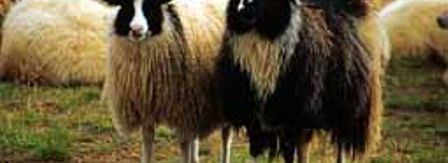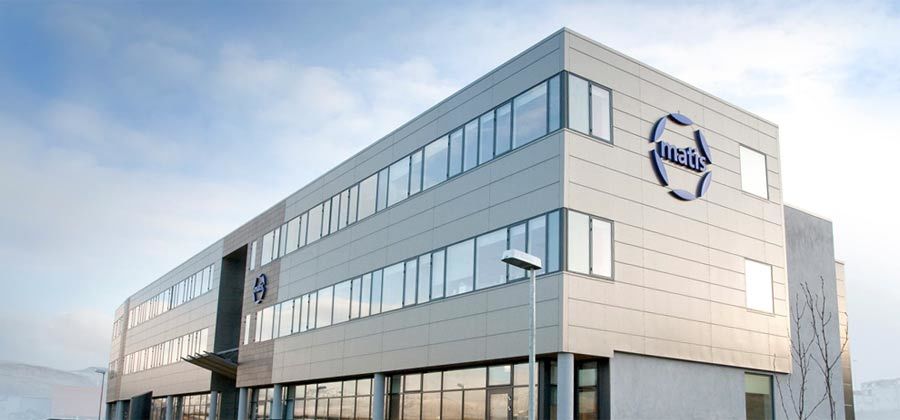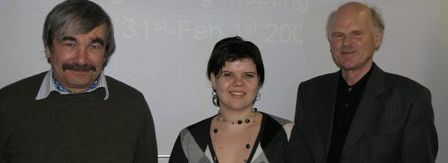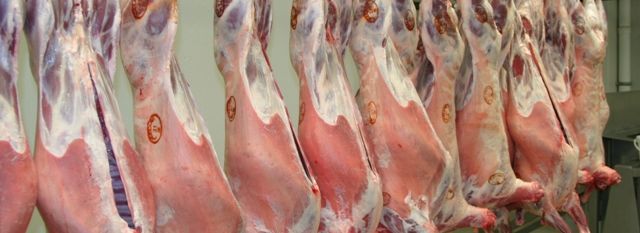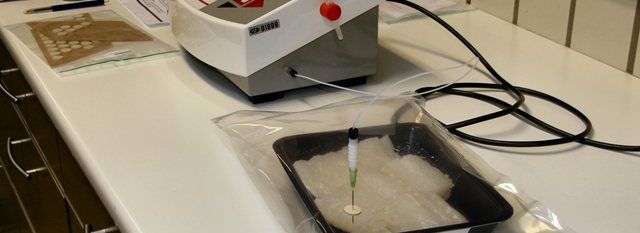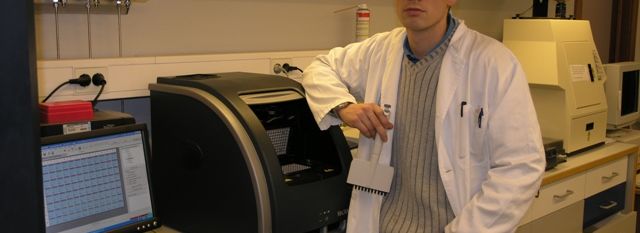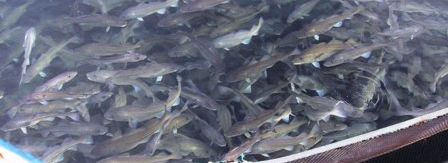The Agricultural Research Council will be held on the 15th -16th. February 2007 in the premises of Icelandic Genetics and in the Conference Halls of Hotel Saga. Several Matís experts have posters at the Research Conference this time.
There are four posters and they are the following in alphabetical order:
Effects of hypertension on growth Listeria and the visual structure of smoked salmon. The authors are Hannes Hafsteinsson, Birna Guðbjörnsdóttir and Ásbjörn Jónsson. Hannes and Ásbjörn are employees of Matís, but Birna previously worked for IFL.
Effect of chilling on lamb tenderloin. The authors are Ásbjörn Jónsson, Óli Þór Hilmarsson and Valur Norðri Gunnlaugsson. They are all Matís employees but previously worked at MATRA-Matvælarannsóknir Keldnaholt. It is worth mentioning that a report was recently published on Matís with the same name. Read the report
Hypertension in meat processing. The authors are Hannes Hafsteinsson, Ásbjörn Jónsson, Óli Þór Hilmarsson.
Iodine in agricultural products. The authors are Ólafur Reykdal, Óli Þór Hilmarsson and Guðjón Atli Auðunsson. Ólafur now works for Matís but was previously with MATRA, but Guðjón is an employee of the Institute of Technology, but previously worked there for a long time at IFL.

